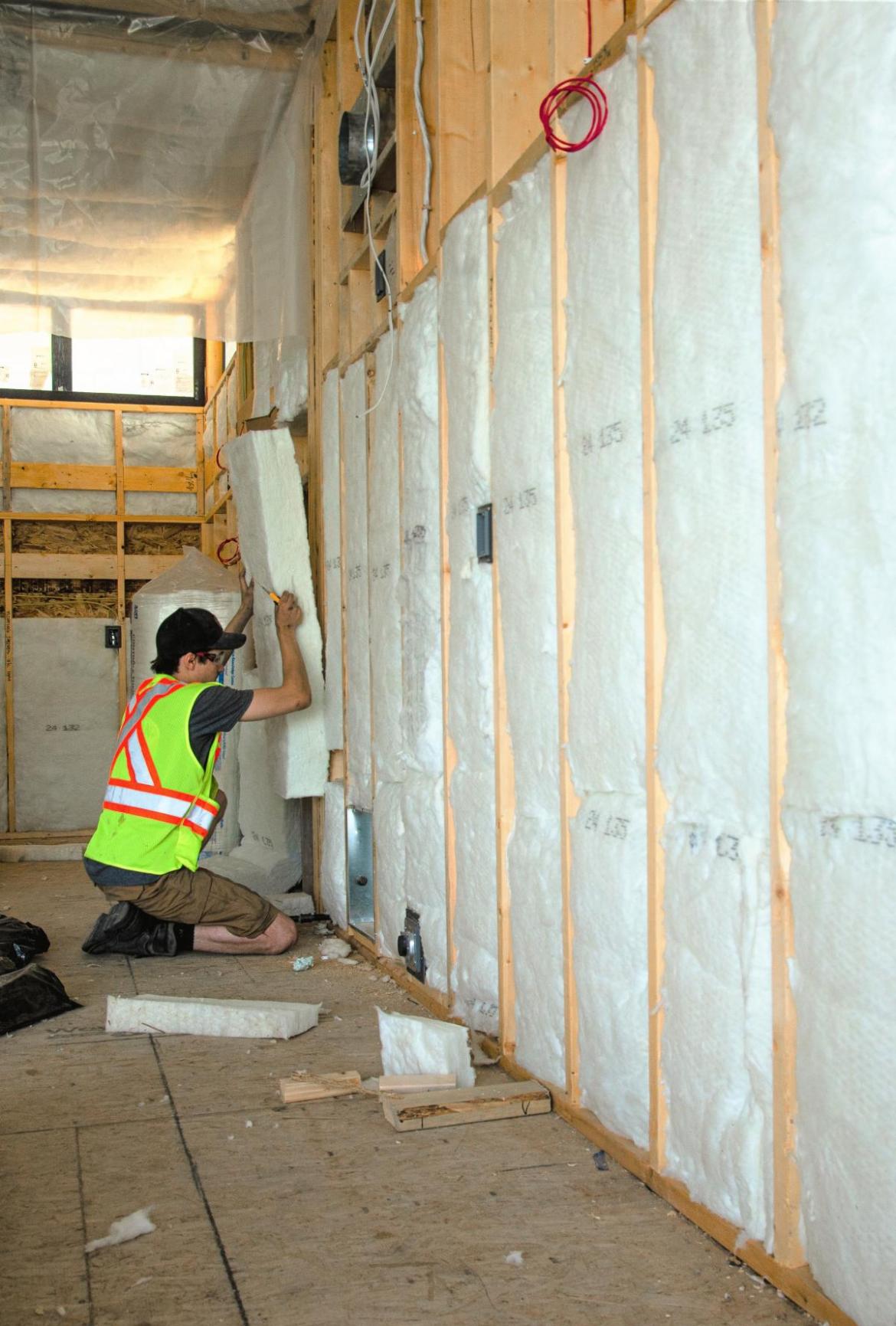When to Re-Use, Top-Up, or Totally Replace Your Insulation

Have a professional insulation contractor install your insulation for a longer lifespan.
Most Okanagan homes and buildings have some form of insulating material to keep the interior from freezing, overheating, or succumbing to moisture damage. However, not all insulation is the same. You may need to consider different options to ensure you get the best insulating value, or R-Value, from your insulation. These factors can affect your insulation - the year your home was built, when your insulation was last installed, and the material used to insulate your home. To help, we look at when, why, and where you should re-use, top-up, or replace your insulation.
What To Do with Insulation in An Older Home
When it comes to insulation, the rule of thumb is the older the home, the older the insulation. The best way to gauge whether your home insulation can be reused, topped up, or replaced is to have an Okanagan insulation company such as Okanagan Insulation Services do a thorough inspection of your attic, walls, crawlspace, floors, and pipes.
An important thing to note is that older homes - built before the 1990s - may be insulated with vermiculite. This type of insulation contains carcinogenic asbestos fibres. That’s why you do not disturb or remove any older insulation yourself, and instead, reach out to our qualified insulation experts to assess your home’s insulation.
Not All Insulation Is Made the Same
When thinking about whether your insulation can be reused, topped up, or replaced depends on the type of insulation already installed in your home. The lifespan of the main types of home insulation products can vary. There are dependent on factors such as water damage, etc.
Use this chart as a general rule:
- Fibreglass: 80 to 100 years
- Mineral wool: 100 years
- Blown-in cellulose: 20-30 years
- Spray Polyurethane Foam, also known as spray foam insulation: 80-100 years
What Insulation Can Be Reused and Topped up?
Did you know that cellulose, mineral wool, and fibreglass insulation are reusable products made from reclaimed materials? While fibreglass is made from tiny glass fibres, mineral wool and cellulose consist of recycled products, such as paper and wool fibres. These fibres are treated to provide extra protection. When installed by professional insulation companies, cellulose, mineral wool, and fibreglass can be recovered and reused for different applications, including in attics, walls, floors, and crawlspace insulation.
In addition, products made from polyurethane foam (SPF) can easily be topped up, as they are typically sprayed or poured into place, filling and sealing any cracks or damaged areas.
When Should Home Insulation Be Replaced?
While most insulation products will last you a lifetime, there are factors that affect the durability of your insulation, causing it to degrade. Depending on the damage and where the insulation is located, you may need to completely remove and replace your wall, floor, crawlspace, or attic insulation if you experience:
- Water damage due to a leak
- Mould or mildew growth
- Punctures
- Pest infestations
- High humidity or temperature extremes in your home or outlying environment requiring a higher R-Value insulation
- Fire or smoke damage
- Incorrect installation
Read our article to learn more about the different types of insulation.
Does your insulation need to be topped up, removed, or replaced? Contact Okanagan Insulation Services for professional insulation removal and installation in the Central and North Okanagan.